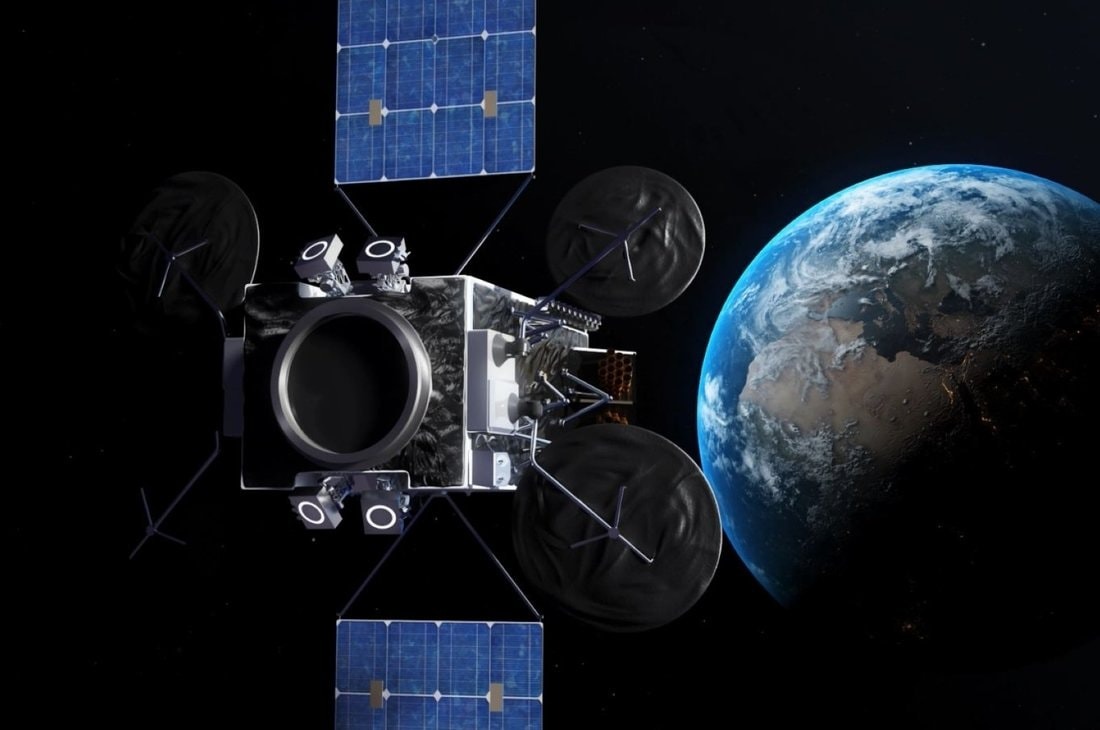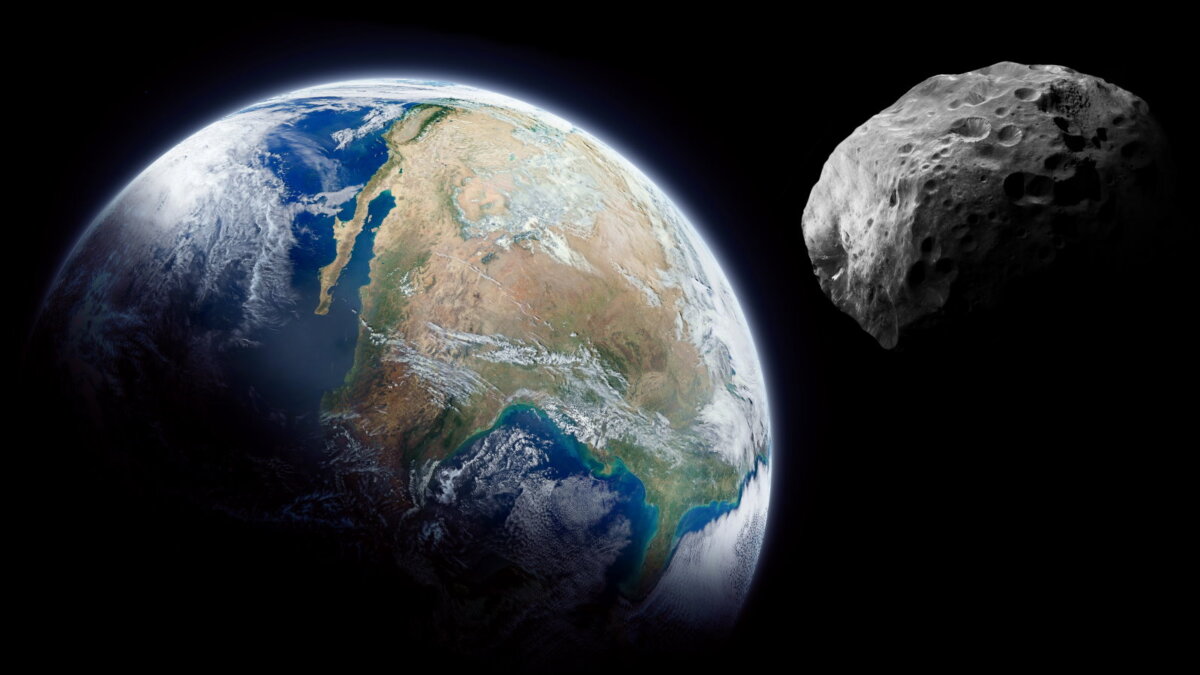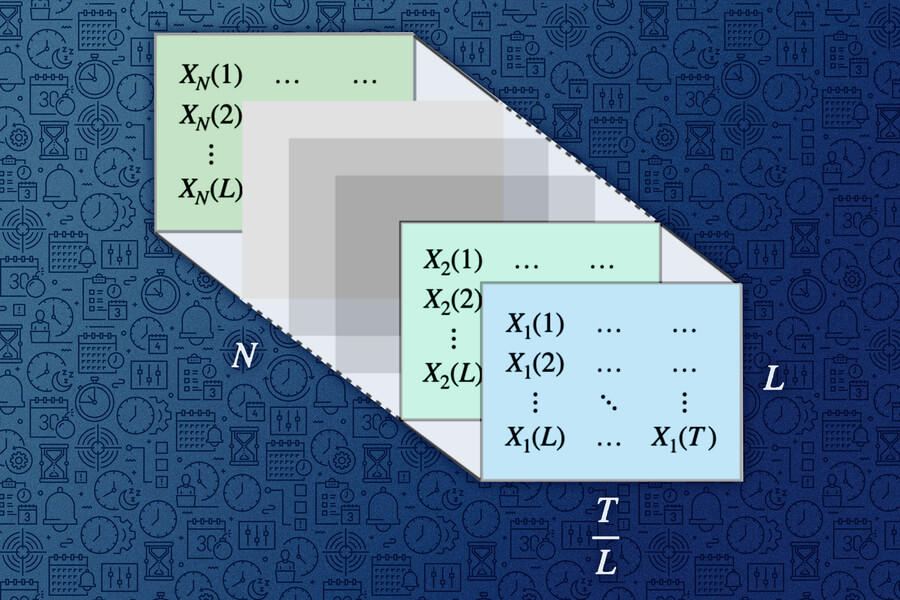An exceptionally well-preserved fossil was discovered in the Yunnan province of China. It sheds light on the age-old mystery of the evolution of life on Earth.
What scientists have learned
During the Cambrian explosion, about 550-520 million years ago, animals with solid skeletons appear for the first time in the fossil record. Most of them are simple hollow pipes from a few millimeters to several centimeters. However, what these animals actually looked like was almost unknown because no soft tissue had been preserved from them. A new discovery of 514-million-year-old fossils is enough Four specimens of Gangtoucunia aspera with intact soft tissues, including gut and mouthparts.

Gangtoucunia aspera / Photo by Oxford University/Luke Parry and Guangxu Zhang
- As the researchers explain, this species had a mouth around which smooth unbranched tentacles about 5 millimeters long grew.
- They were probably used for stinging and catching prey, such as small arthropods.
- The fossils also show that Gangtoucunia had a gut with only one open end – the animal defecated from where it ate. This intestine is divided into internal cavities that fill the entire length of the tube.
- Gangtoucunia was smooth on the outside but lived attached to the surface.
 Gangtoucunia aspera / Photo by Oxford University/Luke Parry and Guangxu Zhang
Gangtoucunia aspera / Photo by Oxford University/Luke Parry and Guangxu Zhang

Gangtoucunia aspera / Photo by Oxford University/Luke Parry and Guangxu Zhang
Some of these features can still be found today – jellyfish, anemone, and their close relatives, cnidarians.
The study shows that Gangtoucunia was one of the first animals to form a solid skeleton. This simple creature’s tube is made of calcium phosphate, the hard mineral that makes up our own teeth and bones.
Source: 24 Tv
I’m Maurice Knox, a professional news writer with a focus on science. I work for Div Bracket. My articles cover everything from the latest scientific breakthroughs to advances in technology and medicine. I have a passion for understanding the world around us and helping people stay informed about important developments in science and beyond.









 Gangtoucunia aspera / Photo by Oxford University/Luke Parry and Guangxu Zhang
Gangtoucunia aspera / Photo by Oxford University/Luke Parry and Guangxu Zhang





